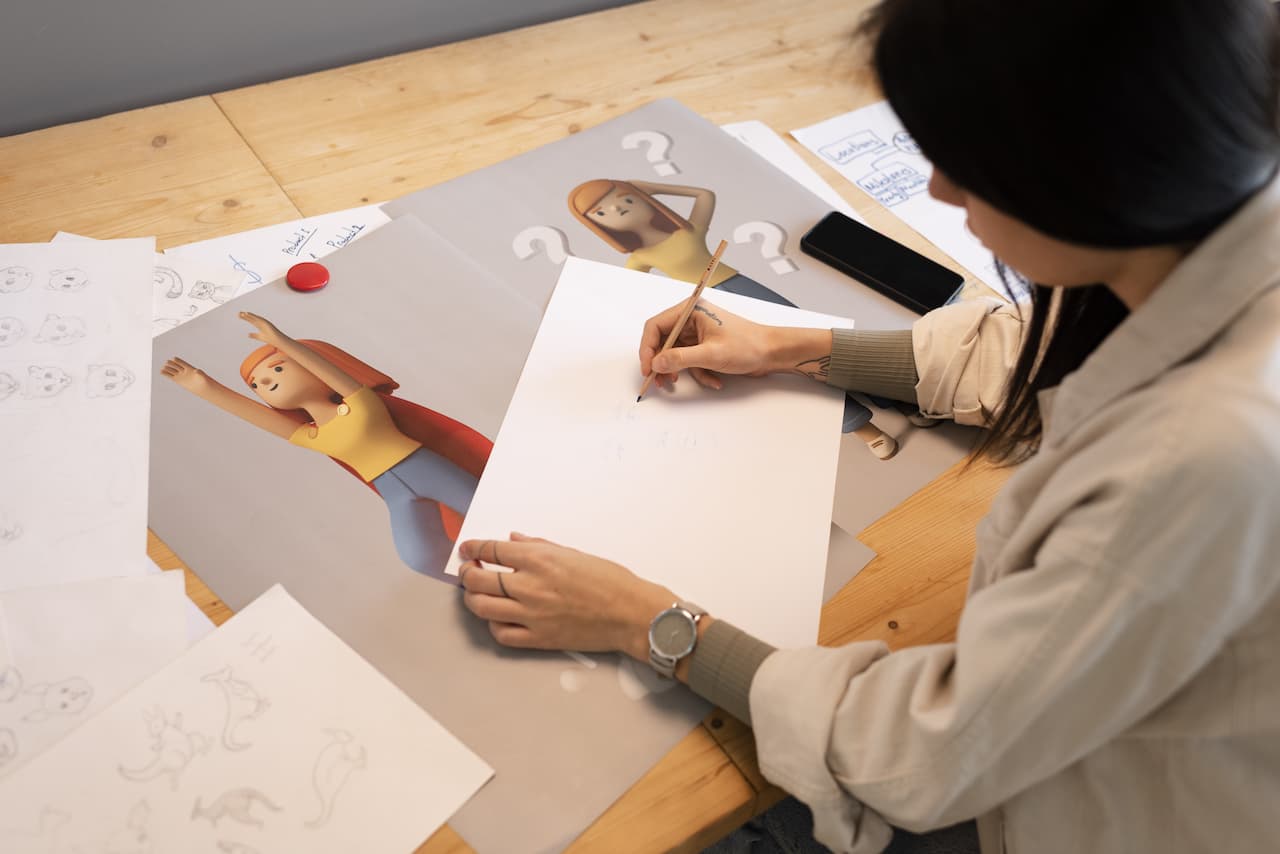

3d art has become a cornerstone of modern visual media, influencing everything from video games to virtual reality experiences. As technology progresses, so too do the methods and tools used by 3d artists. In this article, we’ll explore the evolution of 3d art techniques, how they have transformed the industry, and what the future might hold.
The beginnings: early 3d art techniques
The origins of 3d art can be traced back to the early 1970s when computer graphics were in their infancy. Initial attempts at 3d modeling were rudimentary, involving basic wireframe structures and simple rendering techniques. Early software like ivan sutherland’s sketchpad laid the groundwork for graphical user interfaces and object manipulation. The 1980s saw the emergence of more sophisticated techniques, such as ray tracing and texture mapping, which allowed for more realistic and detailed images.
During this period, 3d art was primarily used for academic and research purposes, with applications in fields like aerospace and architecture. The advent of personal computers in the 1990s brought 3d art into the mainstream, as software like autodesk’s 3ds max and blender made 3d modeling more accessible to artists and designers. These tools introduced new features such as polygonal modeling and animation rigs, significantly expanding the possibilities for creating complex and dynamic 3d content.
The modern era: advanced techniques and industry applications
With the turn of the millennium, 3d art techniques underwent a radical transformation. The rise of photorealistic rendering engines, such as pixar’s renderman and chaos group’s v-ray, revolutionized the industry by providing artists with powerful tools for creating lifelike imagery. Techniques like global illumination and subsurface scattering allowed for unprecedented realism in textures and lighting.
The gaming industry, in particular, benefited from these advancements. Games like “the last of us” and “red dead redemption 2” showcase the incredible detail and realism achievable with modern 3d art techniques. Real-time rendering technologies, including unreal engine and unity, have enabled artists to create immersive environments and characters that interact seamlessly within virtual worlds.
Additionally, the advent of 3d scanning and photogrammetry has further enhanced the level of detail and accuracy in 3d models. By capturing real-world objects and environments, artists can create highly realistic digital assets with minimal manual effort. These techniques have been instrumental in fields such as virtual reality (vr) and augmented reality (ar), where realism and immersion are crucial.
The future: emerging trends and innovations
As we look to the future, several emerging trends are poised to shape the next generation of 3d art techniques. One such trend is the integration of artificial intelligence (ai) into the creative process. Ai-powered tools are already being used to automate tasks like texture generation and procedural content creation, allowing artists to focus on more creative aspects of their work. Machine learning algorithms are also enabling more advanced simulations and predictive models, enhancing the realism and complexity of 3d environments.
Another exciting development is the rise of real-time ray tracing, which promises to further enhance the visual fidelity of 3d graphics. This technology allows for more accurate simulations of light and shadow, resulting in more lifelike and dynamic images. As hardware continues to advance, real-time ray tracing is expected to become a standard feature in both gaming and film production.
Virtual and augmented reality are also driving innovation in 3d art. Artists are exploring new ways to create interactive and immersive experiences that go beyond traditional 2d screens. Vr and ar technologies are expanding the possibilities for storytelling and user interaction, offering new opportunities for creativity and engagement.

Building a personal brand as a 3d artist
Creating a strong personal brand is vital for 3d artists who wish to distinguish themselves in a crowded marketplace. Your brand is more than just your work; it’s a representation of your style, values, and professional ethos. Start by defining your unique selling proposition (usp). What sets you apart from other 3d artists? It could be your distinctive style, your expertise in a specific niche, or your innovative approach to projects.
Once you’ve identified your usp, consistently communicate it across all your platforms. Your portfolio, social media profiles, and any other public-facing materials should reflect a cohesive and professional image. Consistency helps in building a recognizable brand that clients and collaborators can trust. Moreover, sharing behind-the-scenes content, tutorials, and personal insights can humanize your brand and engage your audience on a deeper level.
Networking also plays a crucial role in personal branding. Attend industry events, participate in online forums, and engage with other professionals on social media. Building a network of contacts not only opens up potential opportunities but also reinforces your presence in the industry. Collaborations and endorsements from other respected professionals can significantly boost your credibility and visibility.